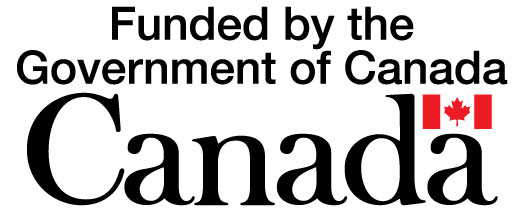Current Temperature
6.6°C
Chin Reservoir expansion to safeguard against drought
Posted on January 30, 2025 by Taber TimesBy Cal Braid
Taber Times
Local Journalism Initiative Reporter
The St. Mary River Irrigation District is in the process of getting regulatory approval from the Province for its proposed Chin Expansion Project. Last summer, SMRID released a joint notice of filing with the Natural Resources Conservation Board (NRCB) and the Ministry of Environment and Protected Areas (MEPA). It was another step towards a reservoir project that will restructure the landscape to vastly increase the region’s water storage capacity.
In a Jan. 4 conversation with SMRID General Manager David Westwood, it became clear that rather than forecasting how many added acres and dollars the reservoir could unlock for the region, it was important to view the reservoir and dam as an asset that will bring multi-generational, reliable productivity through increased storage capacity and improved water security.
“I wouldn’t say it’s a directly correlated calculation,” Westwood said of the relationship between additional storage and new irrigation acres. “We’re anticipating that some neighbouring acres will be serviced, but it’s not just that. It’ll be the additional storage in relation to our entire system that will allow for more water to service downstream users and probably put less stress on upstream, in the sense that we’ll have that storage available for downstream.”
He explained though it’s difficult to place a specific numerical value on what that’s going to look like, from a modeling perspective the District originally thought that it could service up to 30,000 or 40,000 more acres. “It’s subject to where those acres go and how our existing network could deliver water, because we’re not enlarging streams or canals or anything like that,” he said, noting that the increase in sheer volume has that kind of potential but there are many variables in play.
As of January 2025, “We are the furthest along in the path, because with Chin we have submitted our environmental impact assessment to the province, which has to then go through the whole review cycle through NRCB and MEPA. We go and answer all the questions, which includes public questioning and answering the government’s questions to ultimately lead to regulatory approval to be able to do the expansion.”
When Westwood says “furthest along” he’s comparing his district to other nearby irrigation districts that are planning similar expansions. The Eastern Irrigation District has announced a project at the Snake Lake Reservoir and the Bow River Irrigation District has a similar plan for its Deadhorse Coulee Reservoir.
Westwood explained that beginning in December of 2020, a majority of the irrigation districts entered into the Alberta Irrigation Modernization Program and most of their efforts related to the conversion of open conveyance ditches into underground pipelines.
“We had been doing that for 30 or 40 years,” he said, “but we were just now going to do it on a much more accelerated basis due to this program, because we have funding available.”
The funding from the Province was in response to COVID, with the government looking for shovel- or near shovel-ready projects in order to put people back to work and initiate an immediate economic stimulus.
The Province was (and is) looking for ways to diversify the economy beyond energy related industries and agriculture has always been a well-performing sector. “In particular, irrigated agriculture,” Westwood said. “They thought of this as a way of doubling down on what’s been pretty steady. It’s nowhere near the size of an economic contributor that energy is in the province, but agriculture has always been good, and so the long term play being we will get these projects in the ground now, and a lot of more pipelines.”
The pipeline projects generate water savings and increase efficiency gains by reducing seepage, evaporation, and lost water at the end of a system. The additional storage allows a district to irrigate more acres without using any more and possibly even less water. The reservoir and pipeline projects on the whole offer efficiencies that add value by conserving and securing the water resource while opening the chute to economic gain in southern Alberta.
Leave a Reply
You must be logged in to post a comment.

